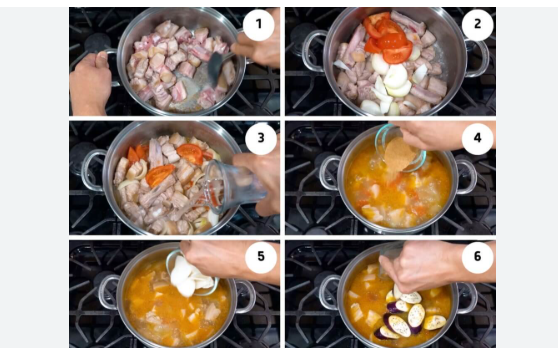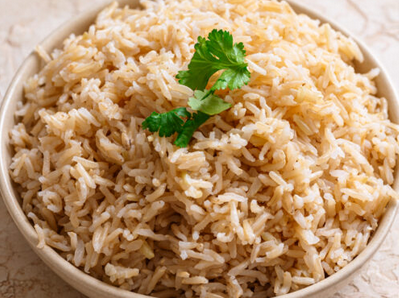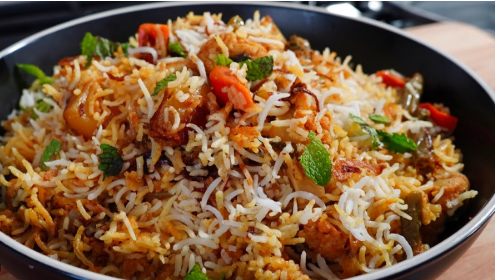Cooking pork may seem tricky at first, but once you understand the basics, it’s one of the easiest and tastiest meats to prepare. This complete step-by-step guide will help you learn how to cook pork correctly — juicy, flavorful, and safely cooked every time.
Step 1: Understand Why Proper Pork Cooking Matters
Pork must be cooked thoroughly to avoid foodborne illnesses like trichinosis. However, overcooking it can make the meat dry, chewy, and flavorless. The key is to cook pork to the safe internal temperature of 145°F (63°C) while keeping it moist and tender. This guide will walk you through each step so you can feel confident, even if you’re a beginner.
Step 2: Choose the Right Cut of Pork for Your Recipe
Not all pork is the same. Different cuts are better suited for different dishes and cooking styles. Here are some common pork cuts and how they’re best cooked:
- Pork Chops – Quick-cooking; great for pan-frying or grilling
- Pork Tenderloin – Lean and tender; ideal for roasting or searing
- Pork Shoulder (or Butt) – Tough but flavorful; perfect for slow cooking or pulled pork
- Pork Belly – Rich and fatty; used in roasting or stir-frying
- Pork Ribs – Great for baking, barbecuing, or smoking
Pick a cut based on your recipe, time available, and the texture you’re looking for.
tep 3: Prepare and Season the Pork Like a Pro
Before cooking, follow these preparation tips:
- Trim excess fat (unless you want extra flavor from it).
- Pat dry with a paper towel for a good sear.
- Season well – Start with salt and pepper, then add herbs like rosemary, garlic, or thyme.
- Marinate (optional) – Marinate for 2–4 hours to tenderize the pork and boost flavor.
Allow the pork to sit at room temperature for 15–20 minutes before cooking. This helps it cook more evenly and stay juicy.

Step 4: Pick the Best Cooking Method Based on the Cut
Now it’s time to cook. Choose the method that matches your pork cut:
A. Pan-Frying or Grilling (Best for Chops or Tenderloin)
- Heat a non-stick pan or grill to medium-high
- Add a bit of oil or butter
- Sear the pork for 3–5 minutes on each side
- Use a thermometer to check for doneness at 145°F (63°C)
Read:-How to Make McDonald’s Cheeseburger Using Structured Culinary Methodology
B. Roasting (Best for Tenderloin, Shoulder, or Belly)
- Preheat oven to 375°F (190°C)
- Place pork in a roasting pan or baking dish
- Roast for 25–30 minutes per pound
- Use foil if the top browns too quickly
- Rest for 5–10 minutes before slicing
C. Slow Cooking (Best for Pork Shoulder or Pulled Pork)
- Place pork in a slow cooker with onions, garlic, spices, and broth
- Cook on low for 6–8 hours or high for 4–5 hours
- Shred with forks once fully cooked (internal temp 190–205°F / 88–96°C)
Step 5: Use a Thermometer to Ensure Pork is Cooked Safely
Always use a meat thermometer. Here’s what you should aim for:
- 145°F (63°C) – For most pork dishes
- 190–205°F (88–96°C) – For pulled pork that falls apart easily
Avoid guessing — proper temperature keeps pork safe, tender, and flavorful.
Step 6: Let It Rest Before Serving
After removing pork from the heat, let it rest:
- Why? Resting helps juices redistribute throughout the meat.
- How long? 3–5 minutes for small cuts, 10–15 minutes for roasts.
Skipping this step can result in dry meat even if you cooked it perfectly.
Expert Note:
“Resting the meat is as important as cooking it. It locks in moisture,” says Chef Gordon Ramsay.
Step 7: Serve with the Right Sides and Sauces
Pork is extremely versatile and pairs well with many sides. Here are some popular ways to serve it:
- With mashed potatoes and green beans
- Over rice or noodles with stir-fried vegetables
- On a sandwich or slider (especially pulled pork)
- With BBQ sauce, apple glaze, or mustard-based sauces
Get creative and try new combinations as you gain confidence.
Step 8: Store Leftovers Safely
If you have leftovers:
- Store in an airtight container
- Refrigerate within 2 hours of cooking
- Reheat gently in a pan or microwave to retain moisture
- Use within 3–4 days for best quality
Video:-
Final Thoughts
Now you know how to cook pork from start to finish. From selecting the right cut to serving your final dish, each step plays an important role in making your pork juicy, tender, and full of flavor. Follow this guide, and you’ll never overcook or undercook pork again.
With time and practice, you’ll be able to experiment with marinades, sauces, and recipes — and turn pork into a regular favorite at your dinner table.

